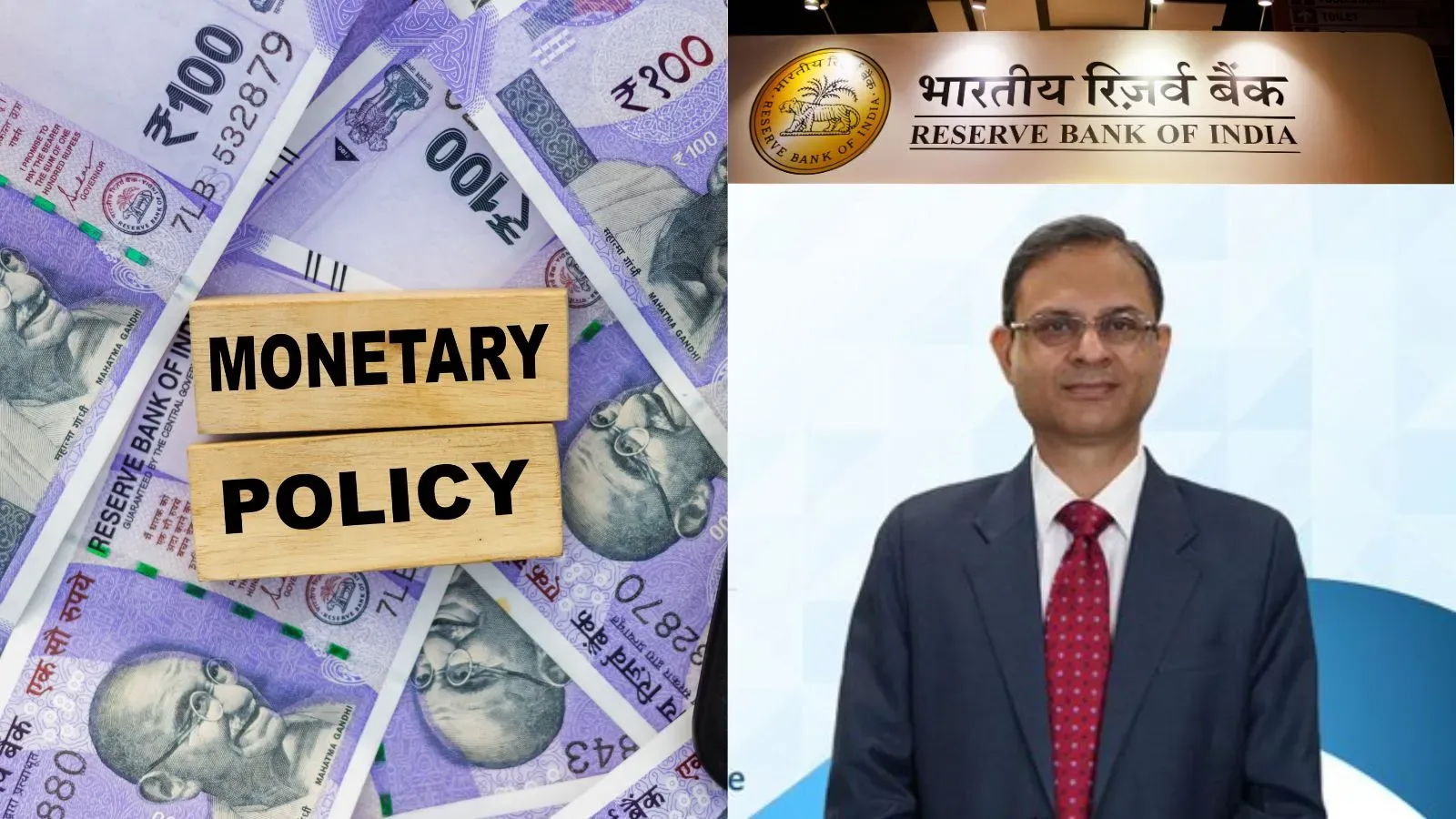Business News
Online vendors generated 15.8 million jobs in India: e-commerce report

4 min read | Updated on August 21, 2024, 16:46 IST
SUMMARY
As per a reporter released on Wednesday, each e-commerce vendor on average employs about 9 people, of which 2 are female, while each offline vendor employs about 6 people, of which only 1 is female. E-commerce has been a key driver of employment generation in India. On average, online vendors employ 54% more people and almost twice the number of female employees compared to offline vendors.

On average, online vendors employ 54% more people and almost twice the number of female employees compared to offline vendors.
Online vendors have generated 15.8 million jobs in India, including 3.5 million for women, with about 1.76 million retail enterprises participating in e-commerce activity, says a report released on Wednesday.
The report 'Assessing the Net Impact of e-Commerce on Employment and Consumer Welfare in India' was launched by Commerce and Industry Minister Piyush Goyal.
"Plugging in data from our survey, we estimate that online vendors generate 15.8 million jobs, including 3.5 million jobs for women," the report prepared by Pahle India Foundation (PIF), a Delhi-based policy research institute, said.
E-commerce, according to the report, has been a key driver of employment generation in India. On average, online vendors employ 54% more people and almost twice the number of female employees compared to offline vendors.
The report noted that two of the most widely-recognised contributions of e-commerce penetration in the retail sector are growth in employment and improvements in consumer welfare.
It said rather than displacing physical markets, e-commerce is expanding into new territories like Tier 3 cities.
"Our data shows that a higher percentage of Tier 3 city consumers spend more than ₹5,000 per month on online shopping as compared to consumers from bigger cities," it said, adding this is the India consumption story, which enables the co-existence of physical and digital retail.
The study analysed the impact e-commerce has had on employment and consumer welfare through a pan-India survey of 2,062 online vendors, 2,031 offline vendors, and 8,209 consumers of products from e-commerce websites across 35 cities in 20 states and UTs.
According to the report, each e-commerce vendor on average employs about 9 people, of which 2 are female, while each offline vendor employs about 6 people, of which only 1 is female.
It pointed out that there was an increase in employment across skill levels, including high-skilled (management, marketing), medium-skilled (customer service, operations), and low-skilled (warehousing, logistics, delivery) functions.
The report said that the growth of e-commerce and accompanying digitalisation have fundamentally changed the skill sets and roles required in the industry.
"Vendors have experienced improved business performance parameters since listing online, including higher sales and profits," it said.
According to the report, 60% and 52% of vendors, respectively, state that their sales and profits have increased since the time they have started selling online.
"Overall, more than two-thirds of the online vendors interviewed experienced an increase in online sales value and profits in the past year," the report said, adding that 58% saw an increase in both.
Barring costs, it said vendors have seen a positive shift in all other aspects of business performance since they started selling online.
The report said there is a strong business case for offline vendors to list on e-commerce platforms or pursue an omni-channel strategy.
"E-commerce integration has accrued significant benefits to vendors from smaller cities and microenterprises," it said.
The study also delves into how e-commerce has reshaped consumer behaviour, noting that consumers have shifted to online shopping for reasons that include convenience, product variety, and access.
"A highly engaged consumer base is indicated by the fact that more than 50% of all respondents to the survey spent more than two hours on e-commerce platforms a week, and that 70% made a purchase via e-commerce in the last month alone," it said.
Speaking at the event, former NITI Aayog Vice Chairman Rajiv Kumar said, e-commerce has revolutionised India's retail landscape.
Ministry of Statistics and Programme Implementation (MoSPI) secretary Saurabh Garg lauded the government’s initiatives expanding digital public infrastructure that have enabled the smooth expansion of e-commerce.
By signing up you agree to Upstox’s Terms & Conditions
About The Author
Next Story

